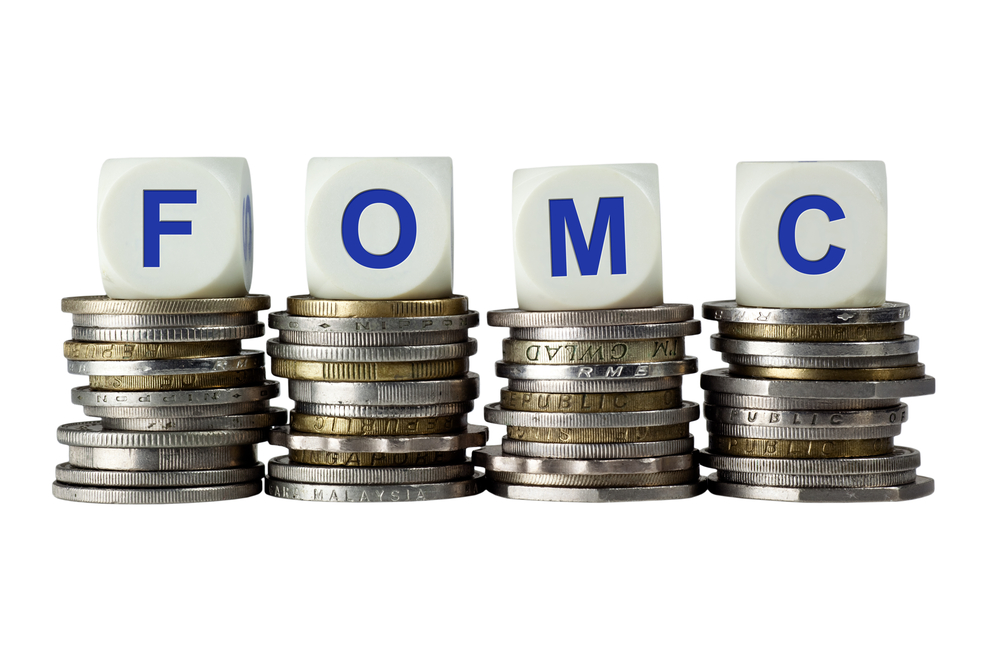The FOMC Minutes Run Out of Patience

Please note that we are not authorised to provide any investment advice. The content on this page is for information purposes only.
The Federal Reserve met the widespread market expectations. It dropped the word patience and recognized growth had moderated. It wanted to see more improvement in the labor market and needs to be confident that inflation will move toward its target in the medium term.
The Federal Reserve met the widespread market expectations. It dropped the word patience and recognized growth had moderated. It wanted to see more improvement in the labor market and needs to be confident that inflation will move toward its target in the medium term.
Many are reading the FOMC’s statement as dovish. The Fed clearly indicated it was not prepared to hike rates. However, no one thought a hike was imminent. An April hike is off the table, but that is as far the forward guidance went. Yellen indicated that there is no decision about the timing of the first hike.
The FOMC responded to the clear and unequivocal evidence that the economy slowed. From calling it a “solid” pace, it now calls the pace “moderate.” The most important change in the Fed’s assessment lies in the full employment estimate, which fell from 5.3% to 5.1%. This means that the unemployment rate can fall further than previously anticipated before rising before becoming inflationary.
The Fed also reiterated that when rates do begin to rise, the increases would likely be slow and peak lower than in past cycles. The Fed reinforced this by cutting its central tendency in rates essentially in half. There was a large gap between the FOMC projections and the market. The gap is narrower because the Fed has moved. At the same time, short-end US interest rates have fallen 10-15 bp.
Some observers are arguing that in the sub-text the Fed is expressing concern about the rise in the dollar. We are less convinced that it was a decisive factor in the Fed’s decision. Yellen’s comments were fair and balanced. She continued to note that dollar’s strength partly reflected the strength of the US economy. The FOMC did recognize weaker exports, and Yellen mentioned how the dollar’s strength would also serve to weigh on prices. Janet Yellen said a few weeks ago that the international considerations broadly balance. Oil prices have fallen further, and European growth looks a bit stronger.
On balance, the markets immediately read the FOMC statement as more dovish than our read. As Yellen’s press conference unfolded, the market reined in its exuberance.




